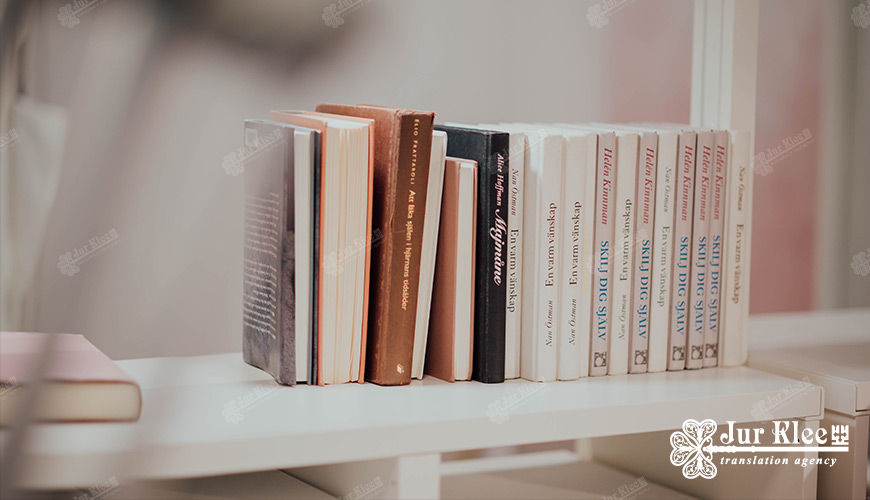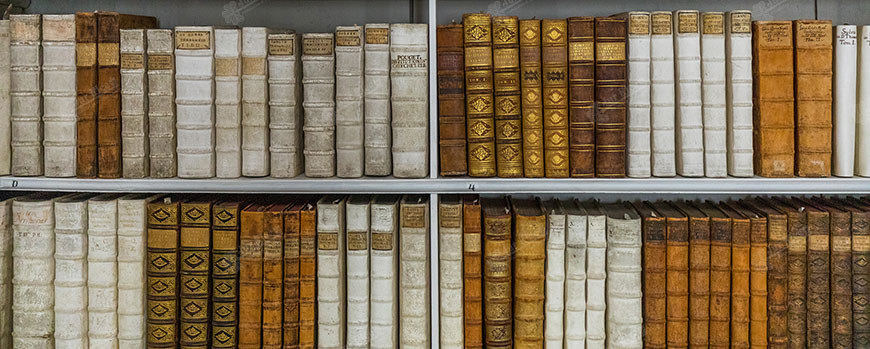
What is literary translation and what are its features
A literary translation is a type of translation in which the source document is fiction.
Translation of literary texts includes:
- literary translation of books, articles, stories, and other types of prose,
- literary translation of poems,
- translation of advertising materials,
- translation of other texts.
Peculiarities of translation of fiction
Translation of literature is fundamentally different from other categories, and the features of literary translation of works are numerous. This means that in addition to providing information to the reader, literary translation also performs aesthetic functions. An artistic image created in a particular literary work (whether it is an image of a character or nature) will certainly have an impact on the reader. For this reason, a literary translator must take into account all the features of the source text. When reading a story, poem, or any other literary work translated from a foreign language, we perceive the text itself with its meaning, emotions, and characters.
To achieve the main goal of translation, namely to create a certain image for the reader, is quite a difficult task. Therefore, literary translation may have some deviations from the standard rules in order to show what features the writer wanted to convey to the reader. A word-for-word translation cannot reflect the depth and meaning of a literary work. It's all about how the translator sees it, because you can read a phrase in different ways. He rewrites the text from beginning to end. An experienced translator will be able to convey the skill and humor that the speaker wanted to display in the book, while preserving the style and atmosphere.
How much does it cost to translate a literary text
Literary translations are quite expensive, which is not surprising, since specialists must process a large layer of source information. The work is performed according to a specific algorithm. The translator reads the text, then distributes individual terms, divides the text into logical sections, and translates these sections one by one. Much attention is paid to the style of translation. The translated text is processed in several stages. The cost of a literary translation of a book is always calculated on an individual basis.
Literary translation requires great skills because the characteristics of the literary translation are numerous. Do not forget that the translation of a book or poem may be read by thousands of readers. This means that the text must be adequate, and what's more, we need to focus on the fact that the translated document must produce the same image as the original.

What is the difference between translation and literary translation?
Answering the question of what is a literary translation, it should be emphasized that this method of translation requires a creative approach and translation skills. As a result, this method causes a lot of controversy in science. One of the most common difficulties in translation is that the source and target languages belong to different cultures. For example, works written in Arabic are full of sacred texts taken from the Koran, and their translation and meaning may be difficult for people of another religion to understand. As a result, understanding different cultures becomes more difficult than understanding different languages.
Another difficulty is translating a text that describes traditions that belong to a particular nation or territory in the world. In addition, words or terms that belong to a particular nation or territory may not have an equivalent in another language. In such cases, the translator must define these words. As you can see, the syntactic methods of two languages may not always be consistent with each other. When translating word-for-word, the syntactic norms of the language are violated, and this requires imagination. As a result, the values of the source and translated texts sometimes differ from each other. The author's language and purpose are defined, but the method of expression is unfamiliar to the language being studied. The translator must convey the feelings and emotions of the author and characters using the necessary literary techniques. The following methods are used for editing texts of literary translation:
- Epithets are translated taking into account the described word and its use by structure and semantic features;
- Comparisons are translated taking into account the stylistic diversity of the text;
- Metaphors are translated semantically taking into account the interaction of characters;
- Neologisms are translated using new modern words, retaining the original meaning;
- Irony is translated by comparing words and contrast;
- Topology and reasonable names - names of places and people are translated with the same meaning to impress readers.
Thus, the answer to the question of what literary translation means is a complex task. Any translation work should indicate the skills and characteristics of the translator. Therefore, the main task of the translator is to try to create a perfect translation of the work, using all the skills and methods that exist in the language.
